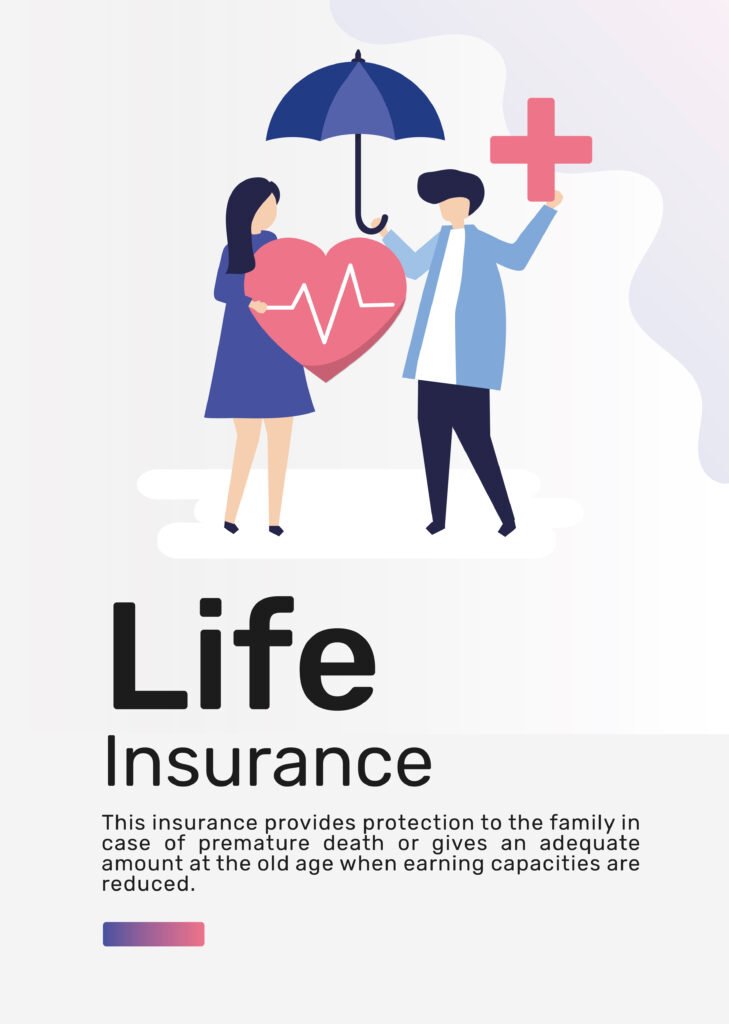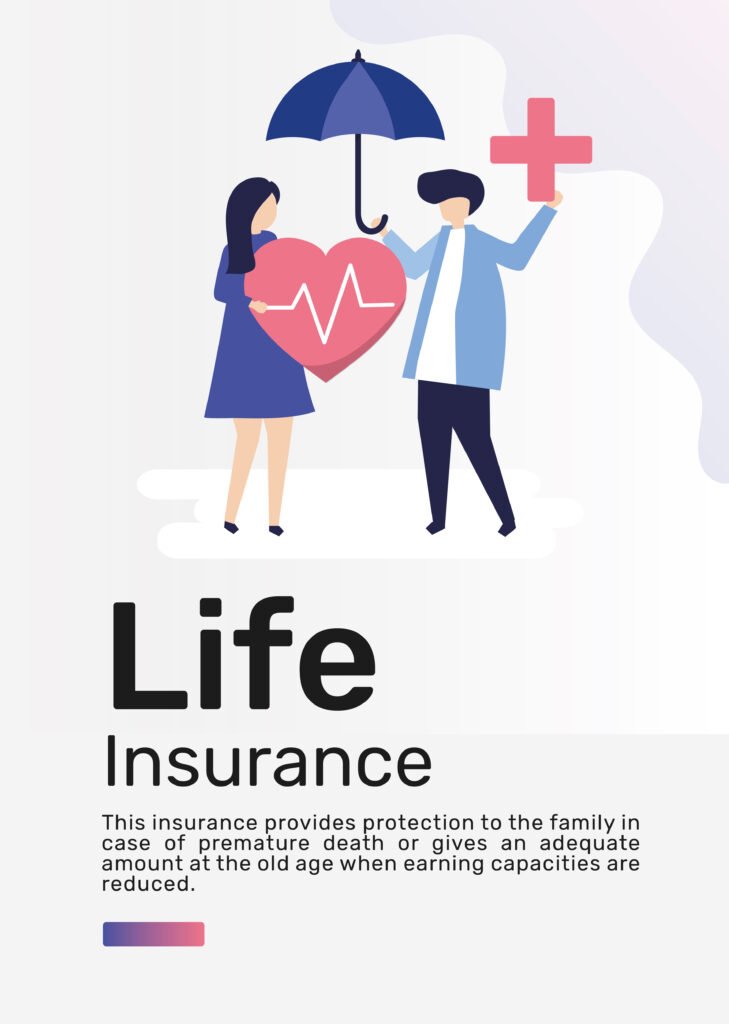LIfe Insurance
Introduction to Life Insurance
Explain what life insurance is and why it's important, highlighting its role in providing financial protection for loved ones in the event of your death.
Type of Life Insurance


Empowering Futures, One Home at a Time
Discover the path to homeownership with our empowering home loan solutions. We’re dedicated to helping you build a brighter future, one home at a time. Our competitive rates, flexible terms, and personalized service make the journey to owning your dream home a reality. Start your journey with us today.

Life Insurance Benefits
Outline the benefits of having life insurance, including providing financial security for your family, covering funeral expenses, and paying off debts.
Cost of Life Insurance
Explain how the cost of life insurance is determined, including factors such as age, health, and lifestyle, and provide information on how to get a quote.
Age is one of the most significant factors influencing the cost of life insurance. Insurers use actuarial tables and statistical data to assess mortality risk, and age is a key indicator of this risk.
As individuals grow older, the probability of experiencing health issues or passing away increases, leading to higher premiums to offset this elevated risk. Younger individuals typically pay lower premiums for life insurance coverage. This is because younger policyholders are considered lower risk due to their generally better health and lower likelihood of mortality within the policy term. As a result, insurers offer more affordable premiums to attract younger customers.
Health-related lifestyle choices, such as smoking, alcohol consumption, diet, exercise habits, and participation in risky activities, can also influence life insurance premiums. Individuals with healthier lifestyles typically qualify for lower premiums, reflecting their reduced risk of health-related complications.
Some life insurance policies offer options for individuals with specific health conditions or lifestyle factors. For example, there are specialized policies designed for individuals with certain medical conditions or high-risk occupations. These policies may have different underwriting criteria and premium structures tailored to the applicant’s health profile.
The coverage amount, also known as the death benefit, is the sum of money paid out to beneficiaries upon the insured’s death. Determining the appropriate coverage amount involves assessing various factors, including financial obligations, income replacement needs, outstanding debts, future expenses (such as college tuition or mortgage payments), and the financial well-being of dependents.
The coverage amount is considered alongside other underwriting factors, such as age, health status, lifestyle, and medical history, to determine the overall risk profile of the applicant. Insurers use this information to calculate premiums that reflect the likelihood of the policyholder making a claim.
The type of policy chosen significantly impacts the cost of life insurance. Term life insurance offers coverage for a specific period, typically 10, 20, or 30 years, and tends to have lower premiums compared to permanent life insurance policies. Permanent policies, such as whole life and universal life insurance, provide coverage for the insured’s entire life and include a cash value component that grows over time.
While these policies offer lifelong protection and potential cash value accumulation, they often come with higher premiums.Understanding the differences between term and permanent life insurance can help individuals make informed decisions based on their financial goals, budget, and coverage needs.
The term length of a life insurance policy plays a significant role in determining its cost. Typically, shorter-term policies, such as those with 10 or 20-year terms, have lower premiums compared to longer-term policies. This is because shorter terms present a lower risk to the insurer since the coverage period is limited.
On the other hand, longer-term policies, such as those with 30-year terms or permanent life insurance, generally have higher premiums due to the extended coverage period and the potential for increased risk over time. Understanding the implications of term length can help individuals choose a policy that aligns with their financial needs and future plans.
Life insurance riders are additional features that can be added to a policy to customize coverage according to specific needs. Common riders include accelerated death benefit riders, which allow policyholders to access a portion of the death benefit if diagnosed with a terminal illness, and waiver of premium riders, which waive premium payments if the insured becomes disabled.
Other riders may include accidental death benefit riders, which provide an additional benefit if the insured dies due to an accident, and child or spouse riders, which extend coverage to family members.
Start your journey to financial freedom today
Ready to take control of your finances? Contact us today for expert advice tailored to your needs.
Resources of Life Insurance:
Offer links to additional resources, such as articles and guides, to help users learn more about life insurance and make informed decisions.


